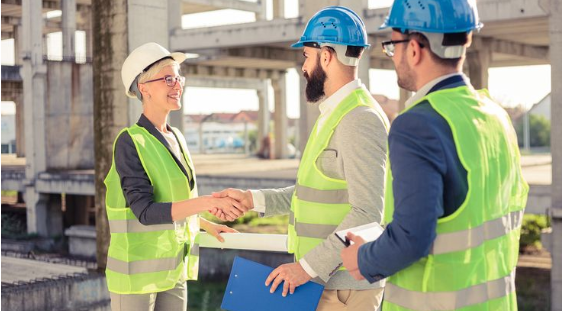Speed and precision are no longer just luxuries in construction—they’re expectations. Modern building demands have shifted toward quicker timelines, smarter methods, and quality outcomes. To meet this, the industry has adopted a mix of traditional craftsmanship and new-age efficiency. From large-scale developments to personal residential transformations, success now hinges on how well you balance time, cost, and quality. Let’s explore how today’s techniques are changing the pace of progress.
Embracing Modular Planning From Day One
The foundation of a fast project isn’t just concrete—it’s planning. Modular planning breaks down large tasks into repeatable, predictable actions. It allows teams to work on different parts of the project simultaneously, reducing waiting time and overlap. Architects and contractors are now mapping out entire buildings with detailed 3D models, identifying delays before they even happen. With every step pre-calculated, crews stay in motion, and surprises stay rare.
Smart Integration For Home Remodelers
Home remodelers are professionals who specialize in updating or improving residential spaces without rebuilding from scratch. Their projects often face tight timelines due to clients still living in the home or needing quick access to the upgraded space. By integrating tools like laser measurements, on-site digital design previews, and prefab elements, home remodelers are streamlining their work like never before. Toward the final stage of remodeling, many remodelers now rely on modular cabinetry or pre-cut flooring to ensure a fast, clean finish. Home remodelers benefit most when efficiency meets customization.
Time-Saving Benefits Of Prefab Houses
Prefab houses, short for prefabricated houses, are homes constructed in sections off-site and assembled on-site. This method reduces weather-related delays and shortens build times drastically. Unlike traditional construction, which often stretches across several months, prefab houses can be move-in ready within weeks. What used to take a season now takes a fraction of the time. With a shift toward sustainability and affordability, prefab houses are becoming the go-to solution for builders and buyers who value both speed and quality.
On-Site Efficiency With Advanced Tools
Today’s job sites are more connected than ever. Drones survey land faster than human teams. Robotic total stations speed up layout accuracy. And mobile apps allow real-time updates between contractors and project managers. Every tool that eliminates a manual task is a step closer to completion. These aren’t just flashy gadgets—they’re time-saving investments. When used wisely, they help crews reduce errors, save materials, and cut days or even weeks from the timeline.
Material Selection That Supports Speed
The right material can accelerate a build more than most realize. Engineered wood, lightweight steel framing, and insulated panels are not only easier to work with—they arrive ready to install. Many of these materials also contribute to energy efficiency, reducing future utility costs for the homeowner. Contractors now consider material speed just as important as durability or appearance. Fast doesn’t mean flimsy anymore—it means forward-thinking.
Conclusion
Efficient construction is no longer about working harder. It’s about working smarter. From the clever hands of home remodelers to the rapid assembly of prefab houses, modern methods are transforming how quickly and successfully we build. Technology, planning, and smart partnerships are the new tools of speed. And for clients eager to step into their new space sooner rather than later, that shift couldn’t come at a better time

